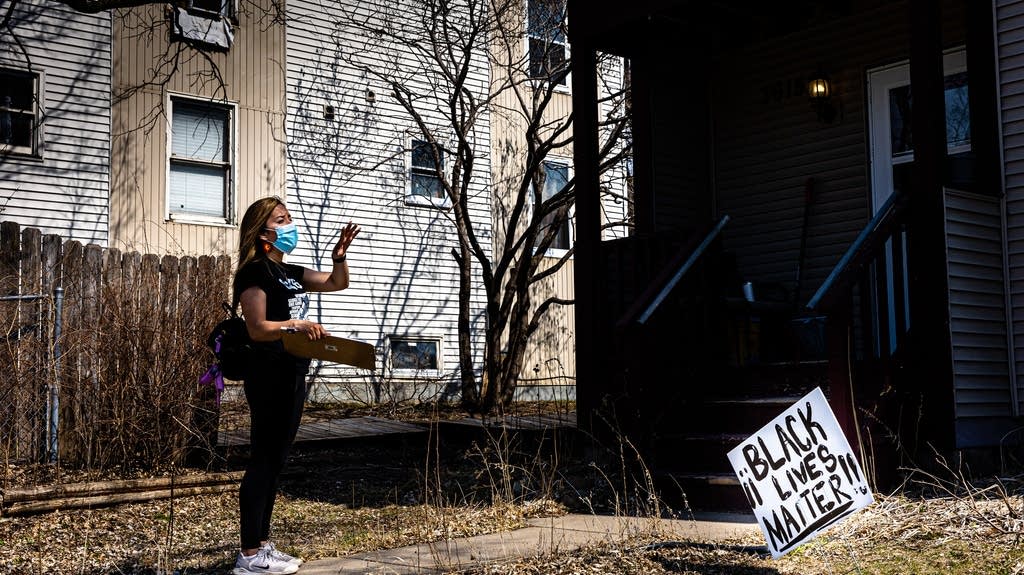
Although it’s been more than four years since George Floyd died at the hands of Minneapolis Police officers, some members of the community are still feeling the effects of the violence.
New, hyperlocal research published in the American Journal of Epidemiology found that Black Minneapolis residents carried the heaviest burden of negative mental health consequences immediately following Floyd’s murder — no matter their zip code — compared to their white and Latino neighbors.
“Often in epidemiological studies, advantage, say, wealth or socioeconomic status will often serve as a buffer against health problems. But we don’t find that here,” said coauthor Ryan Larson, an assistant professor of criminology at Hamline University. “Black residents living in the most disadvantaged as well as the most advantaged spaces in Minneapolis both saw a pretty similar increase in mental health diagnoses across the city.”
The data show a 0.23 per 1,000 residents increase in mental health conditions for Black Minneapolis residents within a week of Floyd’s murder; there was “no substantial rate increase” for Latino or white residents.
When breaking news happens, MPR News provides the context you need. Help us meet the significant demands of these newsgathering efforts.
Larson and his colleagues used in-hospital mental health diagnosis data obtained from the Minnesota Hospital Association to quantify the burden, recognizing that it’s on “the high or extreme end of cases,” compared to someone visiting an outpatient psychiatrist or similar situation. Other national studies evaluating wellness impacts post-Floyd often relied on self-reporting surveys — all attempts to understand “collective trauma… caused by extreme forms of police violence.”
The date Floyd was murdered — May 25, 2020 — also coincided with the height of the COVID-19 pandemic, which the research team did their best to account for in their statistical models. That encompasses Gov. Walz’s stay-at-home order, weather and mental health diagnoses in previous weeks, leaving Larson confident about their numbers.
In terms of the paper inspiring public action, Larson believes getting support and resources — like culturally competent mental health care — to those living in communities where police violence is most frequent, including Minneapolis’ north side and the Phillips and East Phillips neighborhoods.
Beyond that, Larson said, it’s a question of addressing police violence as a whole.
“To do anything about that is going to require multiple transformations across our metropolitan area in tandem,” he said, nodding to better law enforcement accountability structures and training as well as rampant gun violence.
In future research, Larson hopes to conduct a mixed-media study across the Twin Cities, blending quantitative data such as hospital diagnoses with qualitative data like interviews. He’d like to examine what strategies of resiliency different communities employ and the rationalizations they make to cope with and move forward from police violence — especially racialized police violence.

